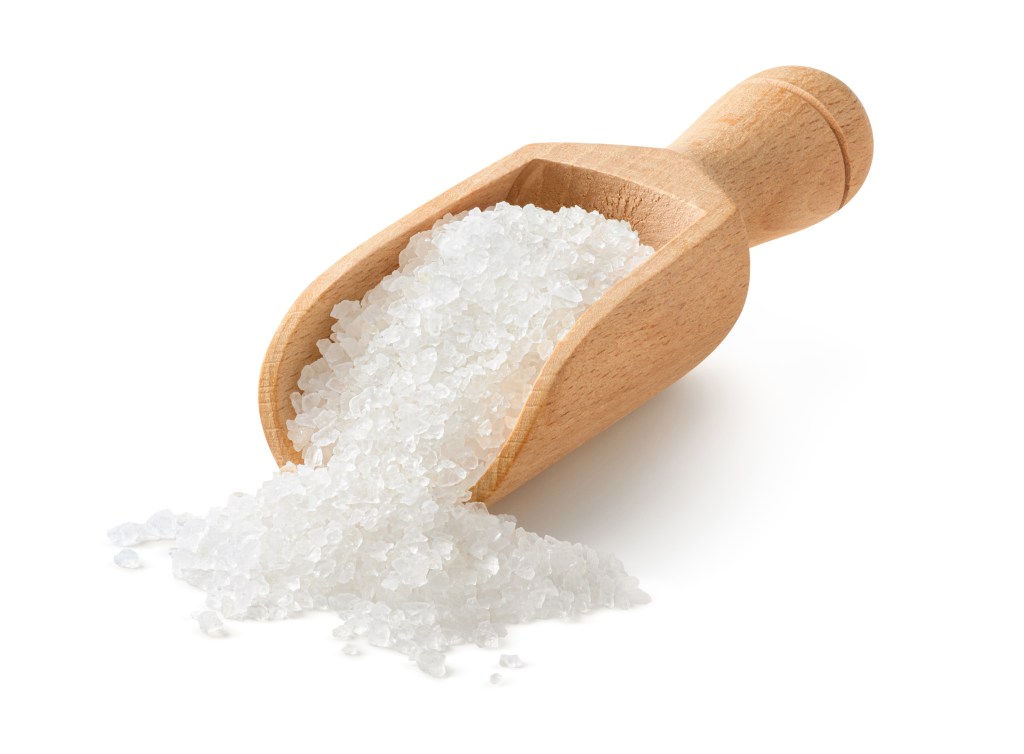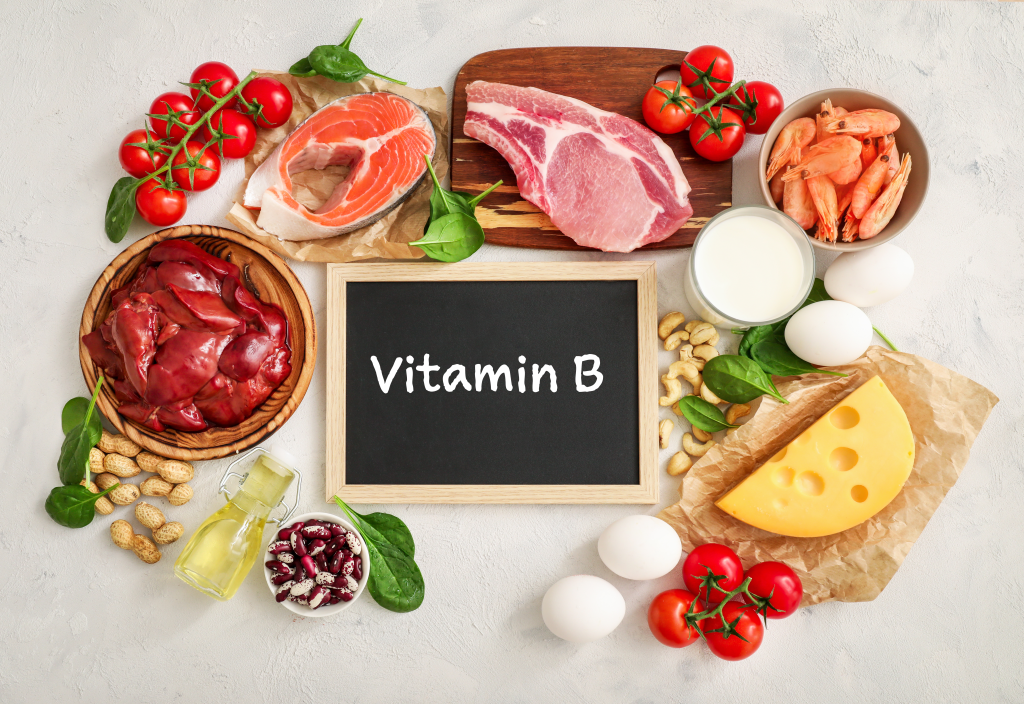At a glance
Fasting can promote impressive metabolic benefits, but some people experience temporary fatigue or weakness as their body adapts to burning fat for fuel. If you’re feeling weak while fasting, it may indicate dehydration, electrolyte loss, or insufficient nutrient intake.
Fasting involves prolonged periods of caloric restriction, which can promote well-being, support a healthy body weight, and reduce the risk of metabolic imbalances.
Although fasting has several potential benefits, it may lead to fatigue, weakness, dizziness, and other side effects as the body undergoes metabolic changes and begins burning fat.
Discover why you may feel weak while fasting and learn simple but effective remedies to keep you energized during your fasting routine.
Health benefits of fasting
Fasting can improve metabolic health by supporting balanced blood sugar and insulin levels.
Eating meals, especially those high in carbohydrates and sugars, raises blood sugar levels, which triggers the release of insulin. This key metabolic hormone facilitates glucose uptake into cells and helps manage the body’s energy balance.
Constant grazing and a high-carb diet can cause chronically elevated blood sugar levels, increasing insulin demand. Over time, this can diminish cellular sensitivity to insulin, a serious metabolic imbalance known as insulin resistance.
Insulin resistance is linked to an increased risk of several metabolic disorders, including obesity, type 2 diabetes, heart disease, high blood pressure, and polycystic ovarian syndrome (PCOS).
Prolonged and intermittent fasting eliminates frequent eating, allowing blood sugar levels to stabilize. This promotes insulin sensitivity and better overall metabolic health.
Research published in the International Journal of Endocrinology found that intermittent fasting significantly improved blood glucose levels and insulin resistance in patients with metabolic syndrome.1
Additionally, fasting can induce ketosis, the metabolic state of fat-burning, especially when combined with a low-carb diet such as keto.
Ketosis promotes weight loss by burning stored body fat to generate ketones, which are used for cellular energy.
Ketones have also been shown to boost cognition and reduce the risk of neurodegenerative diseases by providing the brain with an alternative fuel source to glucose.
A study published in the Journal of Geriatric Psychiatry and Neurology concluded, “Given the renewed emphasis on neuroinflammation as a pathogenic contributor to cognitive decline, and the decreased systemic inflammation observed with the ketogenic diet, it is plausible that this diet may delay, ameliorate, or prevent progression of cognitive decline.”2
Watch the video below to learn why you may be feeling weak while fasting.
Causes of feeling weak while fasting
While fasting is associated with various potential benefits, it doesn’t improve the nutritional quality of your diet. When paired with poor eating habits, fasting can increase the risk of nutrient deficiencies and lead to fatigue or weakness from malnutrition.
Intermittent fasting as well as prolonged fasting routines benefit from being paired with a nutrient-dense diet, which reduces the risk of deficiencies and supports bodily functions in the absence of food.
Dehydration can also be a risk factor for weakness while fasting, likely due to decreased blood volume and oxygen delivery to the muscle tissues and organs.
Intermittent fasting fatigue or weakness during fasting is common as the body shifts from relying on glucose to using ketones for energy.
On a high-carbohydrate diet, excess glucose is stored as glycogen in the liver and muscles, serving as a short-term energy reserve that the body draws on before transitioning to fat-derived fuel.
It can take several days to deplete glycogen stores and fully transition into ketosis, where the body relies primarily on fat for fuel. During this adjustment period, it’s common to experience symptoms like fatigue, brain fog, and irritability–often referred to as the keto flu.

Remedies for weakness and fatigue while fasting
Hydration is key to successful fasting, but drinking water without replenishing minerals can worsen dehydration and weakness.
Electrolytes, including sodium, potassium, and magnesium, are essential for maintaining optimal fluid balance inside the cells, which helps prevent muscle weakness and supports critical bodily functions.
Adding high-quality salt, such as Celtic sea salt or Himalayan pink salt, to your water while fasting can help replenish electrolyte minerals to sustain your body while fasting.
Prioritizing 7 to 10 cups of non-starchy vegetables and salad greens during your eating window is another excellent strategy to obtain plenty of minerals needed to maintain electrolyte balance.

Additionally, consuming foods rich in B vitamins, such as organ meats, poultry, dairy products, and eggs, is recommended to boost energy production and promote normal cognitive function during fasting periods.
Healthy fats, such as fatty cuts of meat and oily fish, avocados, nuts and seeds, and olive oil, are also crucial dietary components that support healthy fats.
In addition to supporting stable insulin levels, fatty foods help you feel fuller for longer, reducing hunger, cravings, and weakness while fasting.
Reducing carbohydrate intake to below 50 grams of net carbs daily can accelerate glycogen depletion and promote a faster transition into ketosis, helping the body to achieve a more energy-stable fast.

How long should you fast?
Various forms of fasting can help you lose weight, boost heart health, strengthen immune system defenses, and support general well-being. However, not all fasting regimens are universal solutions.
Popular fasting methods include alternate-day, intermittent, and extended or prolonged fasts.
Alternate-day fasting switches between normal eating days and fasting days. On fasting days, proponents avoid food or significantly reduce calories before returning to regular eating habits the following day.
Intermittent fasting involves time-restricted periods of eating and fasting. The most common intermittent fast is the 16:8 protocol, which consists of an 8-hour eating window followed by 16 hours of continuous fasting.
Extended or prolonged fasts typically last between 24 and 72 hours fast. They can have significant health benefits by inducing autophagy, a self-preservation process that eliminates or recycles damaged and dysfunctional cellular components.
However, extended fasts can be challenging and shouldn’t be performed without consulting your healthcare provider.
Although some weakness while fasting is normal, experiencing extreme fatigue can be a sign that you are fasting too long or are lacking essential nutrients your body needs to function properly.
“If you’re feeling weak while fasting, it’s best to cut back and allow your body to adapt,” explains Dr. Berg. “When done correctly, fasting should boost cognition and energy instead of making you feel faint.”
To gradually adjust to caloric restriction, it’s recommended to begin with intermittent fasting and slowly prolong your fasting periods over time.
Paying attention to your body’s signals and breaking your fast when necessary can help prevent adverse effects and ensure a safer, more effective fasting experience.

Is fasting right for everyone?
Most people can benefit from an intermittent fasting plan to support metabolic balance, enhance cognitive functions, and strengthen immune defenses.
However, when practicing fasting, certain groups may be at higher risk of experiencing adverse effects, such as malnutrition, weakness, dizziness, or malaise.
Pregnant and lactating women should avoid practicing intermittent fasting to ensure they receive optimal nutrition to support their health and that of the growing baby.
Individuals with medical conditions, such as heart disease or those prescribed medications, should consult a healthcare professional before fasting for extended periods or implementing time-restricted eating.
Additionally, those who are underweight or have histories of disordered eating should avoid intermittent fasting, as restricted eating may further deplete nutrient stores or trigger relapse.
Infants, toddlers, and pre-pubertal kids shouldn’t fast, as skipping meals or restricting calories increases the risk of missing key nutrients required for growth and development.
Key takeaways
- Feeling weak while fasting is often linked to dehydration, electrolyte loss, or poor dietary preparation before fasting.
- Increasing your electrolyte intake, including sodium, potassium, and magnesium, can help maintain better energy levels and hydration.
- Gradually extending fasting periods allows the body to adapt to fat burning and minimize symptoms such as dizziness or low energy.
- Following a nutrient-dense, low-carb diet such as Healthy Keto® during your eating windows supports stable blood sugar and energy levels during fasting.
FAQ
1. Why do I start feeling weak while fasting?
Weakness while fasting can result from dehydration, electrolyte imbalances, poor nutrition, or starting periodic fasting too quickly.
2. Is it normal to feel weak while fasting?
Yes, mild weakness while fasting is normal, especially during prolonged fasts lasting 24 hours or more.
However, intermittent fasting is expected to enhance mental clarity and energy levels without ongoing weakness or fatigue.
3. How do I stop feeling faint while fasting?
Staying hydrated and following a nutritious low-carb diet that prioritizes plenty of non-starchy vegetables can help support your body during fasts, trigger ketosis more quickly, and reduce the risk of weakness.
Additionally, gradually easing into fasting slowly allows the body to adapt to the metabolic changes associated with caloric restriction.
4. Should I continue fasting if I feel weak?
No, if you feel weak, faint, or excessively tired, it’s best to break your fast. Consider shortening your fasting window and gradually increasing it as your body becomes more accustomed to the caloric restriction.








